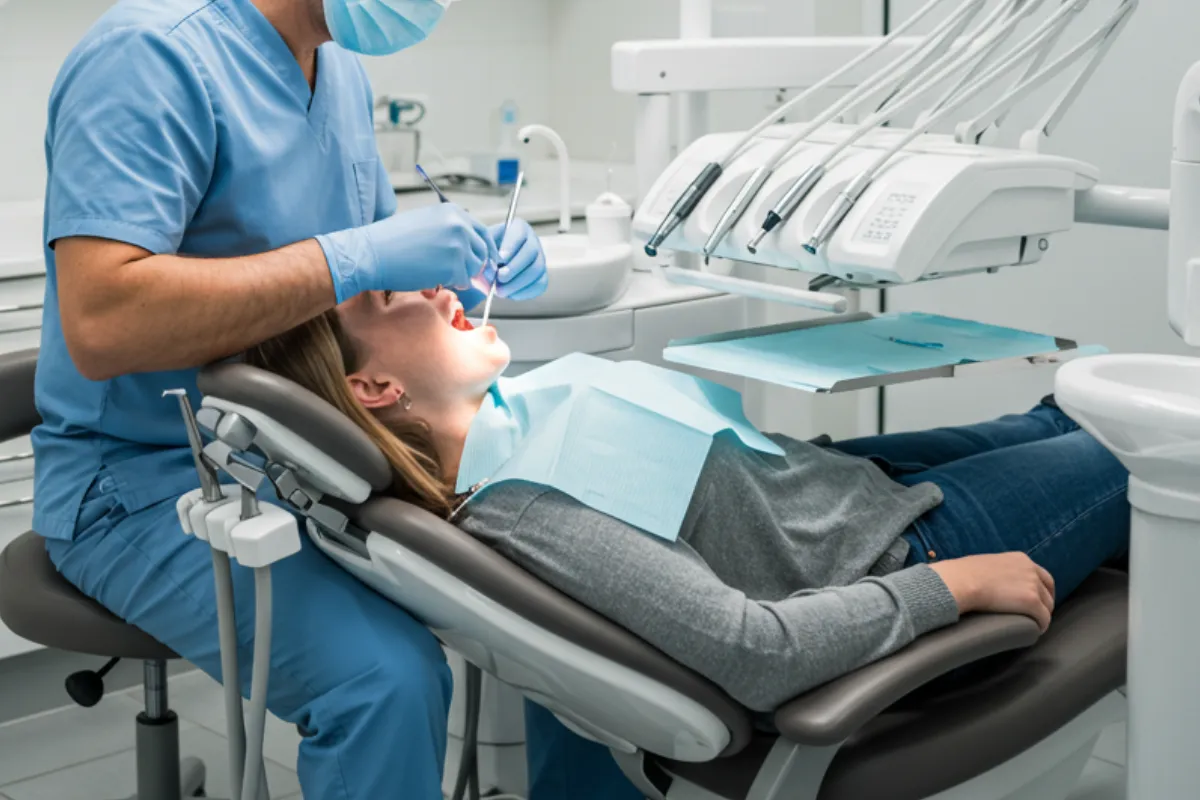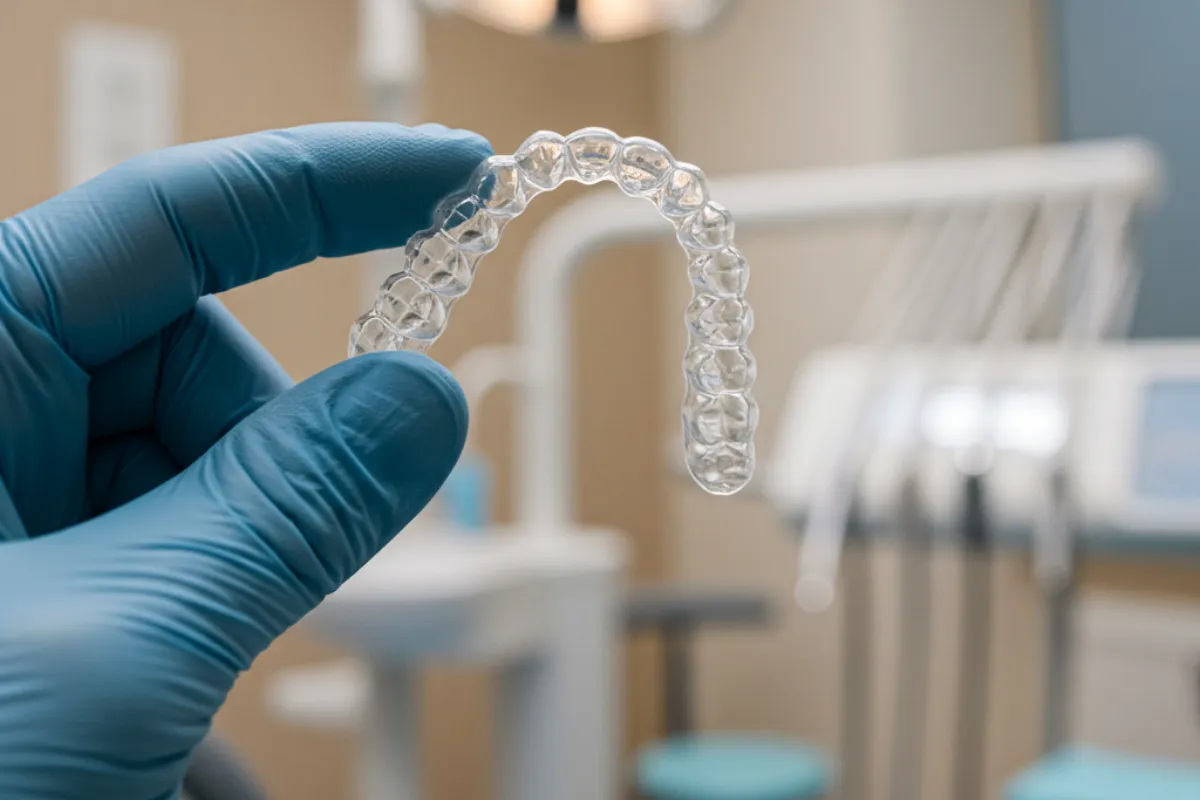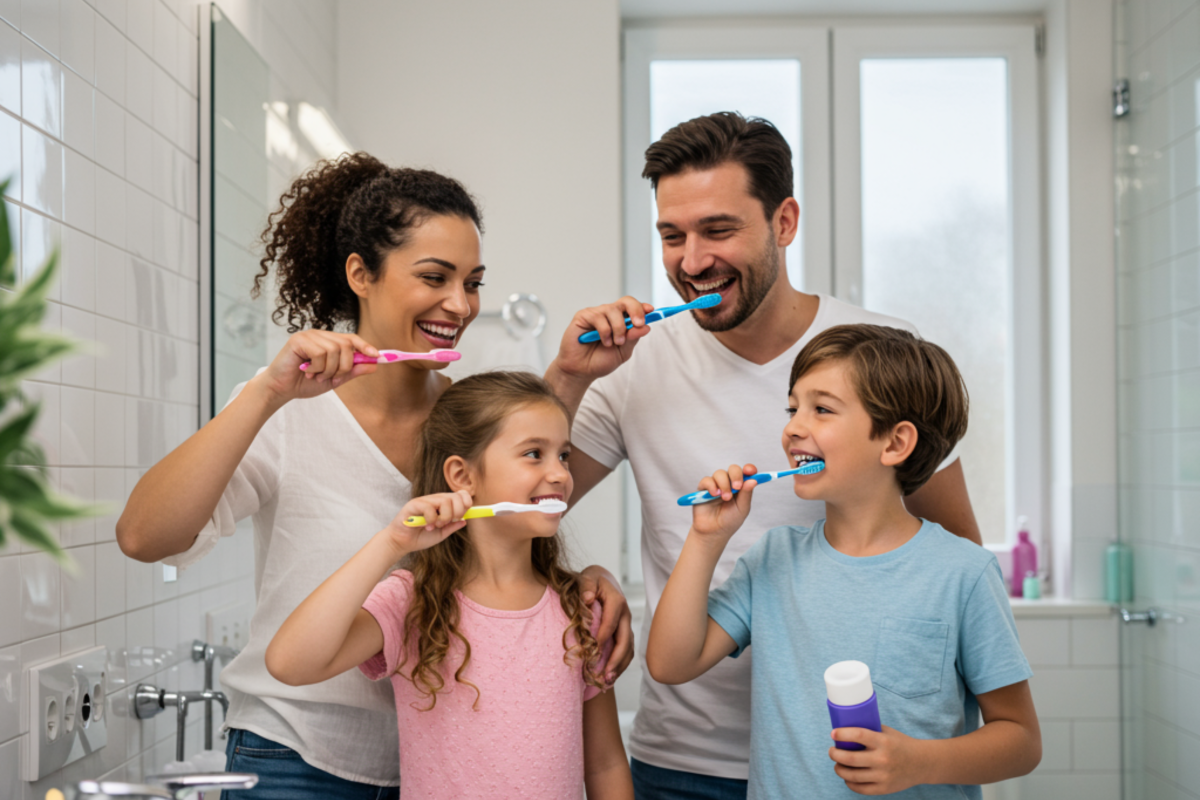How Coffee and Wine Affect Teeth: Insightful Dental Care Advice

Why Coffee and Wine Stain Your Teeth: Understanding the Science
Coffee and wine are cherished by many for their complex flavors and comforting rituals, but they also come with a well-known drawback: the potential to stain your teeth. But what exactly causes your morning cup of coffee or evening glass of wine to leave its mark on your smile? The answer lies in the unique chemistry of these beverages.
Both coffee and wine contain deeply pigmented molecules that have a strong affinity for tooth enamel. As you sip and savor, these molecules interact with the surface of your teeth, especially if consumed regularly. Over time, the pigments can settle into the microscopic pores of your enamel, leading to gradual discoloration.
It’s a common misconception that only dark-roasted coffee or red wine cause staining. In reality, even lighter roasts and white wine can contribute to enamel vulnerability and subtle staining. The difference is in the concentration and visibility of the pigments, but the underlying risk remains.
Understanding why and how these stains develop is the first step toward prevention. By being mindful of the science behind your favorite drinks, you can make informed choices and adopt habits that allow you to enjoy them without sacrificing the brightness of your smile.
The Impact of Chromogens, Tannins, and Acidity on Enamel
The key culprits behind coffee and wine stains are three chemical components: chromogens, tannins, and acids. Each plays a distinct role in the staining process, and together they create the perfect storm for discoloration.
Chromogens are highly pigmented compounds that can transform the color of your teeth. When you drink coffee or wine, chromogens are released and readily attach themselves to the enamel, the outermost layer of your teeth. On their own, chromogens can cause mild staining, but their effects are amplified by tannins.
Tannins, naturally occurring in both coffee and wine, act as facilitators. They increase the stickiness of chromogens, helping them bind even more stubbornly to the enamel. This is why drinks rich in tannins, such as red wine and strong coffee, are particularly notorious for leaving stains.
Acidity is the third factor. Acidic beverages soften and erode the enamel, making it more porous and susceptible to absorbing pigments. Even white wine, while lacking strong color, can increase your enamel’s vulnerability to stains from other foods and drinks.
The interplay of chromogens, tannins, and acidity means that every sip you take can gradually alter the shade of your teeth. Understanding this process can empower you to take proactive steps to protect your enamel and preserve your smile.
Simple Strategies to Prevent Everyday Staining
While the science of staining might sound daunting, the good news is that you don’t have to give up coffee or wine to maintain a radiant smile. With a few practical habits, you can significantly reduce the risk of discoloration.
One of the simplest strategies is to rinse your mouth with water after enjoying coffee or wine. This helps wash away pigments and acids before they have a chance to settle on your enamel. Swishing water for just 30 seconds can make a noticeable difference over time.
If you’re a fan of iced coffee, try sipping it through a straw. This minimizes direct contact between the beverage and your teeth, reducing the chance for stains to develop. For hot drinks, taking smaller sips and drinking more quickly (rather than lingering over your cup for hours) can also help limit exposure.
Pairing your drink with certain foods can offer additional protection. Crunchy fruits and vegetables like apples, carrots, or celery help scrub your teeth naturally and stimulate saliva production, which neutralizes acids and washes away residue. Cheese is another smart choice with wine, as it helps balance acidity and provides calcium for your teeth.
Lastly, alternating between your beverage and water, or even chewing sugar-free gum, can help to keep your mouth cleaner and your enamel stronger. These small adjustments can make a big impact without asking you to sacrifice your favorite drinks.
Smart Oral Hygiene Habits for a Brighter Smile
Preventing stains is easier when it’s part of a consistent oral hygiene routine. Brushing your teeth at least twice a day with a fluoride toothpaste helps remove surface pigments and strengthens enamel. Don’t forget to floss daily, as this removes plaque and trapped particles between teeth that can contribute to discoloration.
After enjoying coffee, wine, or any acidic beverage, it’s wise to wait at least 30 minutes before brushing. Acidity temporarily softens enamel, and brushing too soon can cause abrasion and further vulnerability. Instead, rinse with water right after drinking, and brush later to avoid damaging your enamel.
Regular dental cleanings are essential for removing stubborn stains and tartar that even the best home care can miss. Your dental team can also offer personalized advice and spot early signs of staining before they become more noticeable.
If you’re concerned about mild discoloration, whitening toothpaste formulated for stain removal can help brighten your smile. These products use gentle abrasives or chemical agents to break up surface stains without harming enamel when used as directed.
By combining these habits, you can enjoy a vibrant, healthy smile and keep the effects of coffee and wine at bay—without compromising on the treats you love.
When to Consider Professional Teeth Whitening Solutions
Despite your best efforts, there are times when home remedies and diligent hygiene aren’t enough to achieve the level of brightness you desire. Deep or persistent stains—especially those that have built up over years—often require professional intervention.
Professional teeth whitening treatments are designed to safely and effectively lighten stains that resist everyday cleaning. These treatments use medical-grade whitening agents that penetrate the enamel more deeply than over-the-counter products, providing noticeable results in a relatively short time.
One of the advantages of professional whitening is customization. Dental professionals assess your unique needs, sensitivities, and goals before recommending a treatment plan. Whether you’re looking for a dramatic transformation or subtle enhancement, there are options to suit every smile.
Most healthy adults are candidates for whitening, but it’s important to consult with a dentist beforehand. They can assess whether your stains are due to external factors like coffee and wine, or whether they stem from underlying dental conditions that require different care. This ensures that your whitening treatment is both safe and effective.
If you’re ready to brighten your smile and restore your confidence, professional whitening could be the next step. With expert guidance and the right approach, you can continue to enjoy your favorite beverages—without letting stains dim your smile.






